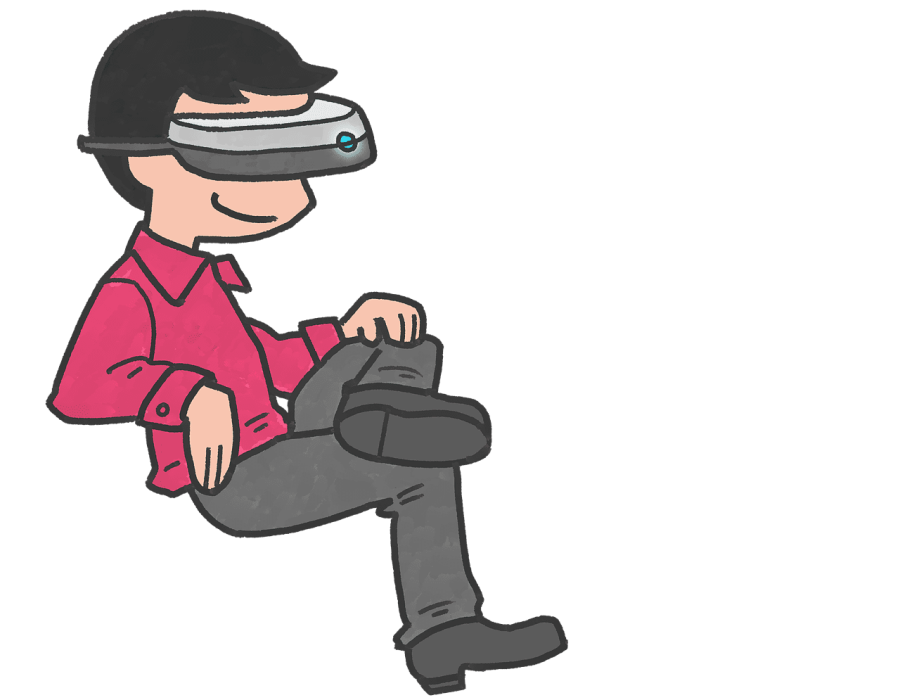The popularity of virtual reality (VR) has been rising in a way that will allow important resources, such as historical monuments, to become more accessible to the public. Companies have invested heavily in VR with Facebook purchasing Oculus Rift for $2 billion in 2014, according to The Guardian. Other companies such as Samsung, HTC and Sony have made their own VR headsets with varying degrees of success. VR’s power of delivering immersive content has the potential to not only deliver a more engaging media experience but also preserve history as archeologists are currently using 3-D mapping to preserve ancient landmarks with VR photos and videos. The applications of VR are endless and we are only beginning to unearth the potential of VR and its significance.
To break down VR, imagine watching your favorite movie but instead of looking at the composition that the director/cinematographer has chosen, you are able to turn your head, looking up and down and side to side, viewing the entire scene in 360 degrees. This ability to change your perspective based on what catches your interest serves to immerse the viewer further into the virtual world of media content. Applications with photos and videos are being explored but further implications of this technology have yet to be investigated.
With the destruction of priceless historical artifacts and sites by militant groups such as ISIS, this technology offers an opportunity for both archeologists and common individuals to experience these historical artifacts and sites. Tech Times reports that Project Mosul aims to preserve artifacts by constructing 3-D models of the artifacts to be consumed through VR. With this tech gear, archeologists are able to study the relic and people can view the artifact even when it’s been destroyed.
Similarly, the Wired reports that one of Salvador Dali’s paintings has been constructed for VR by a creative agency, Goodby Silverstein & Partners. This 360 video in addition to reviving an older painting breathes new life into the world of art. The video presents another dimension in which the viewer is able to interact with the artist and his work. Although some content exists online already, this technology has yet to see everyday consumers upload VR photos on Instagram or Snapchat. Despite the fact that Youtube and Facebook now support VR content, it has yet to catch on with mainstream audiences. With the support of social media, people will gradually become further immersed in 3-D environments.
If you’re still unconvinced about the implications of this technology, imagine a day in which the virtual world becomes indistinguishable from the “real” world we experience on a daily basis. The Verge says that stereoscopic sound, or binaural audio, seeks to complement VR content as it provides a likewise immersive auditory experience, replicating the way in which we hear sounds in everyday life. While we still lack the technology to replicate the textures and sensations for various objects, VR is quickly developing complete immersion in a digital environment with many positive effects on society.







